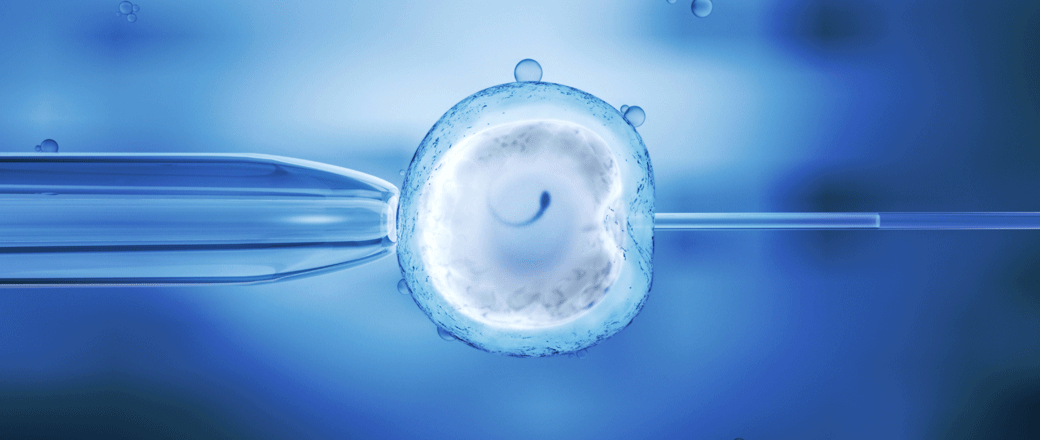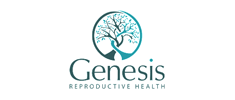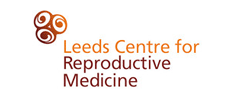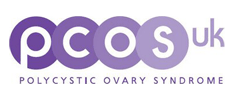IVF and Assisted Conception

IVF and assisted conception techniques involve bypassing obstructions to fertilisation or boosting the likelihood of reproduction.
In vitro fertilisation (IVF) requires the female partner to undergo a procedure to collect eggs from her ovaries, usually after hormonal stimulation to boost the number of eggs produced, which are then fertilised in the laboratory with her partner’s sperm. If there is a problem with sperm function then a single sperm can be injected into each egg (oocyte) to increase the chance of fertilisation – a process known as intracytoplasmic sperm injection (ICSI).
For a couple to undergo IVF, the female partner should have functioning ovaries and a normal uterus. The male partner needs at least one sperm per ejaculate. However, the lack of ovarian function can be bypassed with egg donation and the absence of sperm can be bypassed with sperm donation. In turn, the absence of a uterus can be overcome through IVF surrogacy.
IVF works by either bypassing a physical barrier, such as blocked or damaged fallopian tubes or blockages within the testes, or boosting the chance of sperm to fertilise the eggs when there is either poor ovarian function or a problem with sperm production. IVF is sometimes embarked upon before all other treatments have been exhausted. While unnecessary delay is not advocated, particularly in older patients, the notion that IVF is the high-tech modern answer to every couple’s subfertility is not correct. The stresses placed upon a couple by IVF (and other assisted conception procedures) are immense and the treatment has risks and complications (such as ovarian hyperstimulation syndrome (OHSS) and multiple pregnancy).
When there are other types of treatment, most couples and clinicians, prefer a stepwise progression through therapies, culminating in IVF as the last resort. It is obviously appropriate to discuss the options and map out a management plan. Most couples feel more secure in the knowledge that they are to have a certain number of cycles of a particular treatment before moving on to another therapy, as sometimes the hardest part of fertility therapy, for both patients and clinician, is knowing when to move on.
Sperm and egg donation
Sometimes both sperm and eggs, or surplus embryos from another couple, are donated. This means that the resultant child has inherited no genetic material from either parent. Such parents have in reality ‘adopted’ the embryos, but do, of course, gain from the experience of pregnancy and childbirth.
The pregnancy rates achieved by IVF equate favourably with those expected for a couple without infertility, when adjusted for the age of the female partner. A major factor that determines the chance of an on-going pregnancy is the age of the woman, with rates declining over the age of 35 and with the duration of infertility. Not surprisingly, couples who have achieved a pregnancy are more likely to do so if they try again.
Read more about IVF and assisted conception










